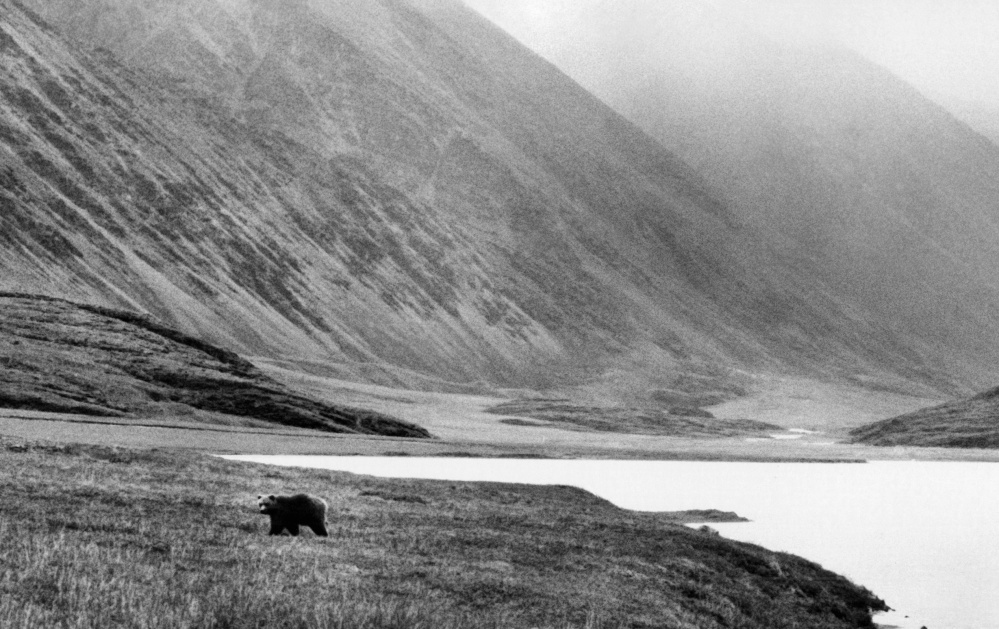Far above the Arctic Circle, one of the longest-running controversies in U.S. oil drilling is about to reignite.
Bouyed by Donald Trump’s election, Republicans are pushing to allow oil exploration in the Arctic National Wildlife Refuge, the frigid wilderness in northern Alaska that’s been a political battleground for drillers and conservationists for decades. The prospects for industry look better than they have in years, with Republicans in control of Congress and Trump vowing to boost U.S. energy production.
There’s just one catch. No one really knows how much oil actually lies beneath the refuge, or how much producers like ExxonMobil and ConocoPhillips care about it in a world awash in cheap oil, from Texas shale to offshore Africa. While the government estimates the area could hold 12 billion barrels of crude, making it one of the biggest untapped reserves in the U.S., no one’s sunk a well there since the 1980s.
“Its value is hard to gauge because it’s always been a bit theoretical,” said Andrew Slaughter, executive director of the Deloitte Center for Energy Solutions in Houston. “No administration has really wanted to take on the challenge of going for ANWR.”
That may be about to change. The aging Trans Alaska Pipeline, once the symbol of energy independence for an oil-strapped nation, is now on the verge of obsolescence. The 800-mile system links northern Alaska to the rest of the world, but its output has been falling as fields outside the refuge fade out and supplies from shale oil in the lower states grow.
While it may take a decade for ANWR to start producing oil, the new supply would go a long way toward ensuring the survival of the pipeline and the jobs that go with it, according to U.S. Sens. Lisa Murkowski and Dan Sullivan. The two Alaska Republicans introduced legislation this month to allow development of as many as 2,000 acres in the refuge.
“For nearly 40 years, Alaskans have proven that we can responsibly develop our natural resources while protecting the environment,” Murkowski said in a Jan. 5 statement. State residents, moreover, “overwhelmingly support responsible development” of the refuge.
Created by Congress in 1980, the refuge provides a critical habitat and breeding ground for polar bears, wolves, migratory birds and caribou, among other species. It covers 19 million acres in northeastern Alaska, stretching from the mountains of the Brooks Range and boreal forests to a vast, snowy coastal plain that slides into the Arctic Ocean.
Yet from the moment it was created, ANWR has been coveted for its untapped oil. The refuge was set aside even as the U.S. ramped up production in the North Slope, in response to the shock of oil embargoes in the 1970s.
Just how rich the prize is remains to be seen. A 2005 review by the U.S. Geological Survey, based on decades-old data, said ANWR may hold as many as 11.8 billion barrels of crude. If that were proven true, it would rival the mammoth Prudhoe Bay field that sparked the Alaskan oil rush 40 years ago, the kind of elephant-sized find that would generate income for decades. That could appeal to companies looking to balance the short lifespans of shale fields and the risks of operating in more politically fraught parts of the globe.
Send questions/comments to the editors.



Success. Please wait for the page to reload. If the page does not reload within 5 seconds, please refresh the page.
Enter your email and password to access comments.
Hi, to comment on stories you must . This profile is in addition to your subscription and website login.
Already have a commenting profile? .
Invalid username/password.
Please check your email to confirm and complete your registration.
Only subscribers are eligible to post comments. Please subscribe or login first for digital access. Here’s why.
Use the form below to reset your password. When you've submitted your account email, we will send an email with a reset code.